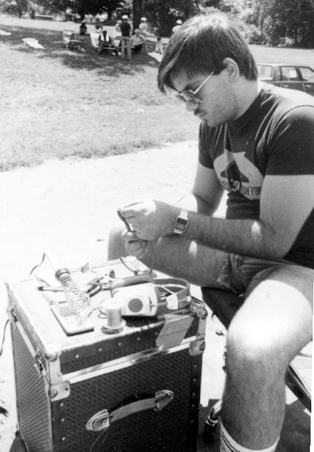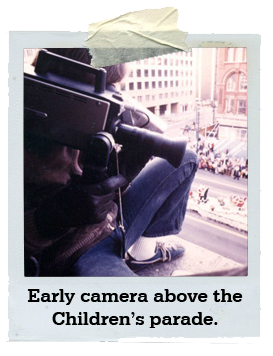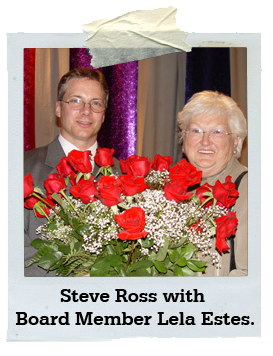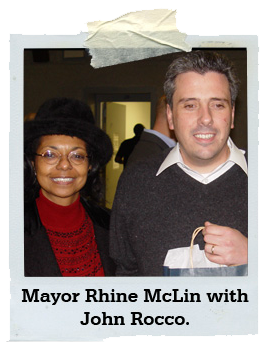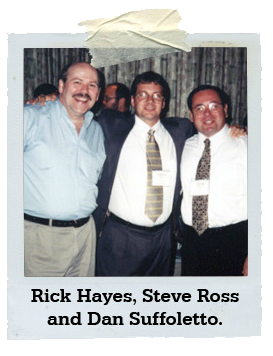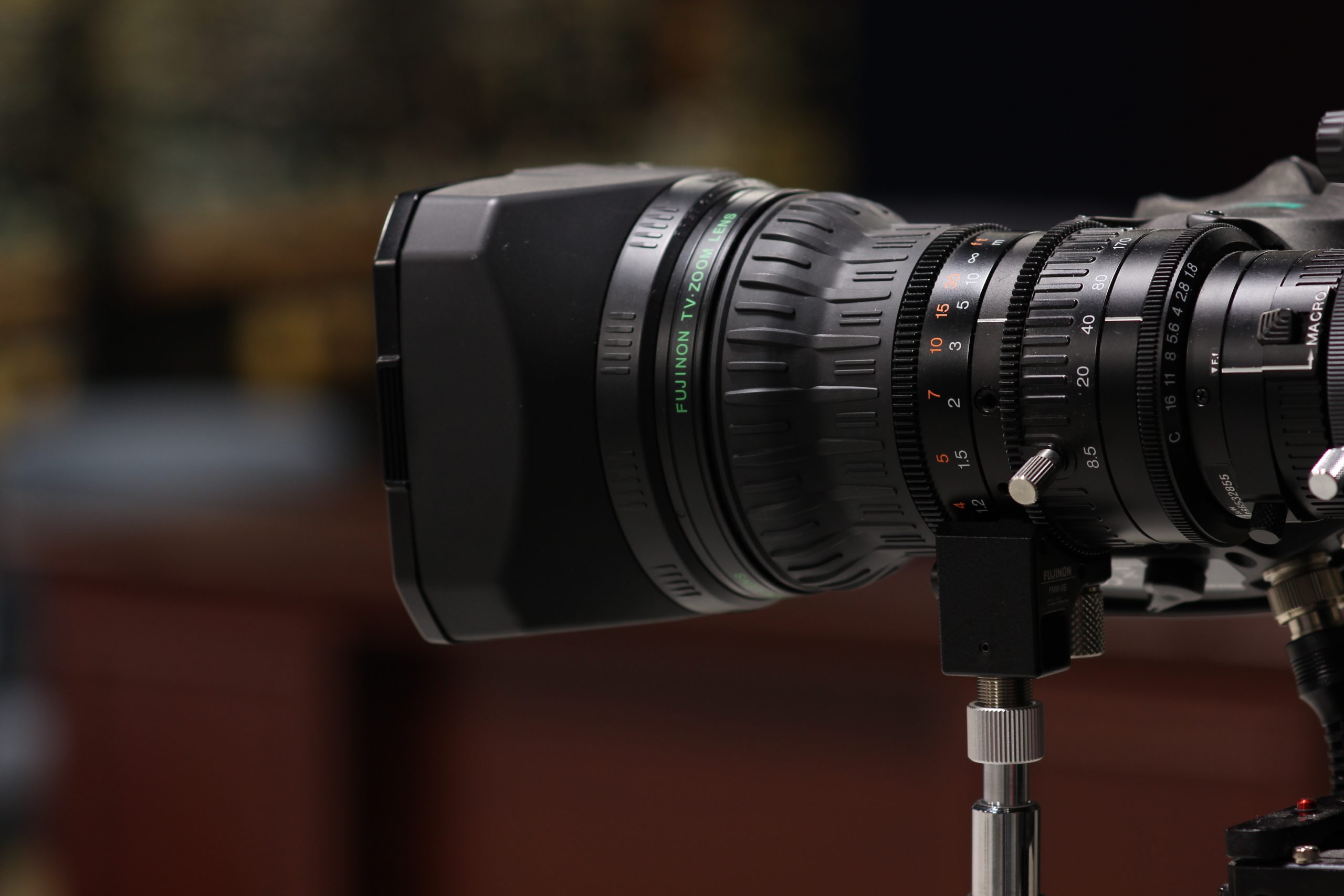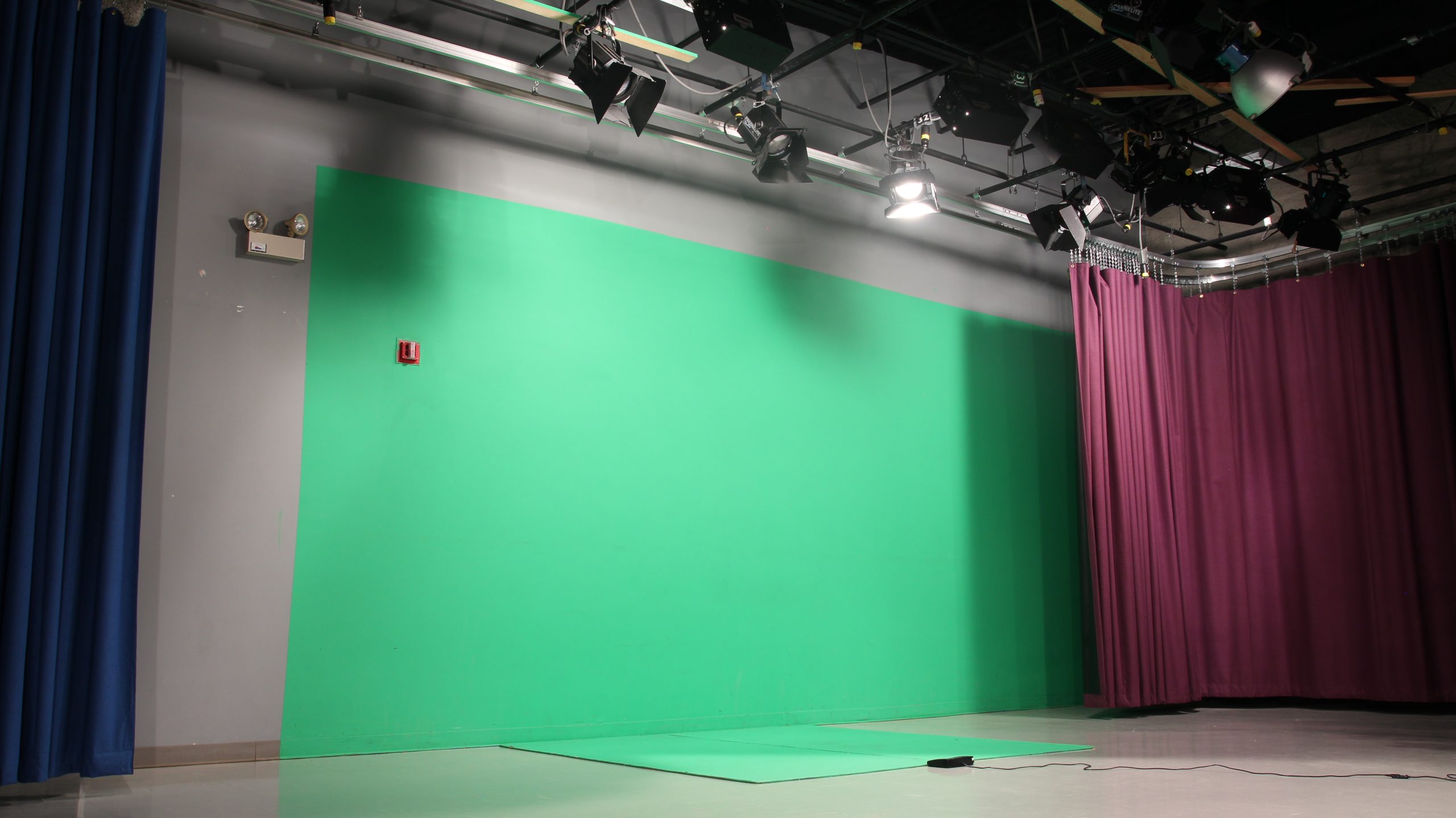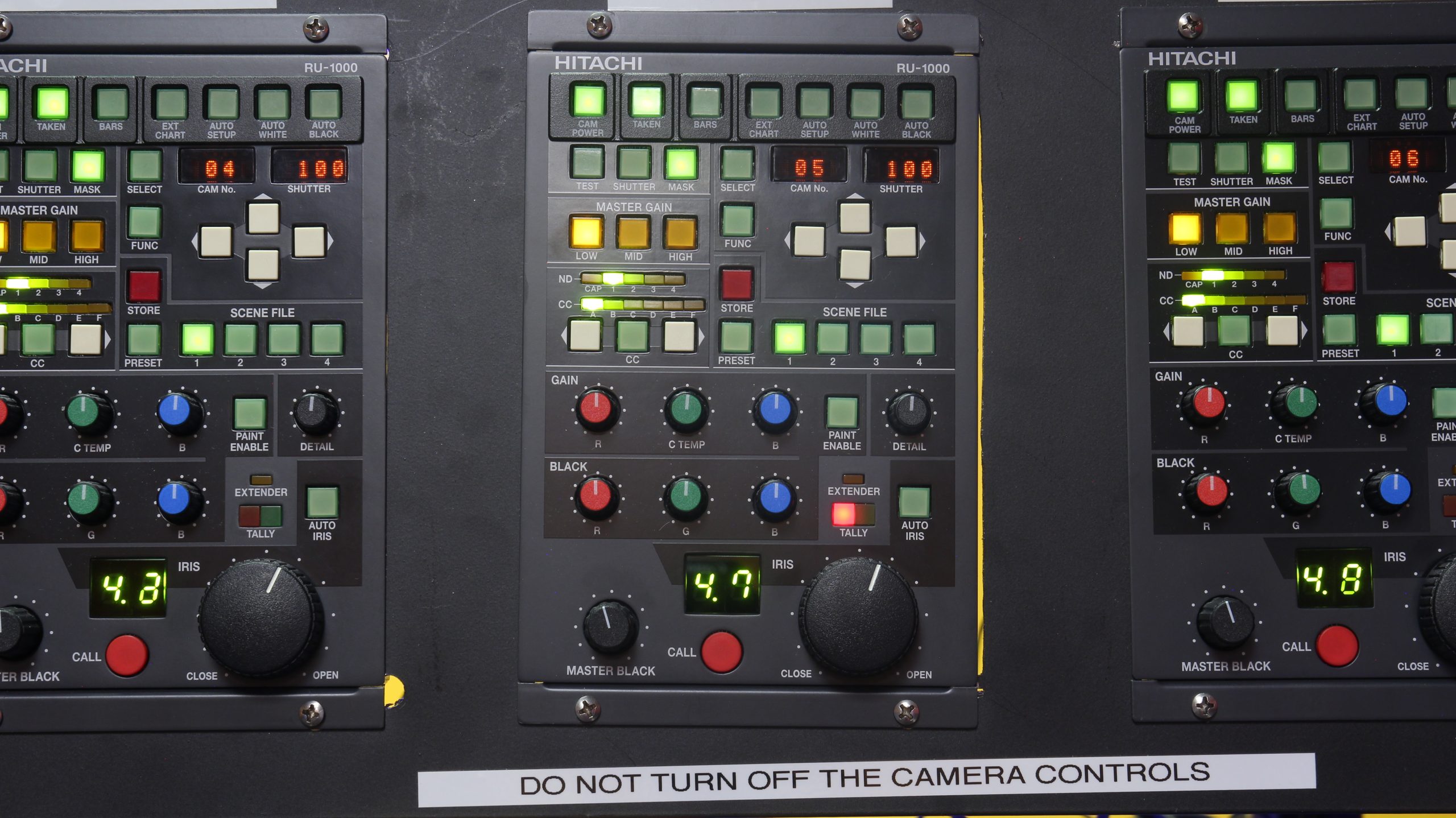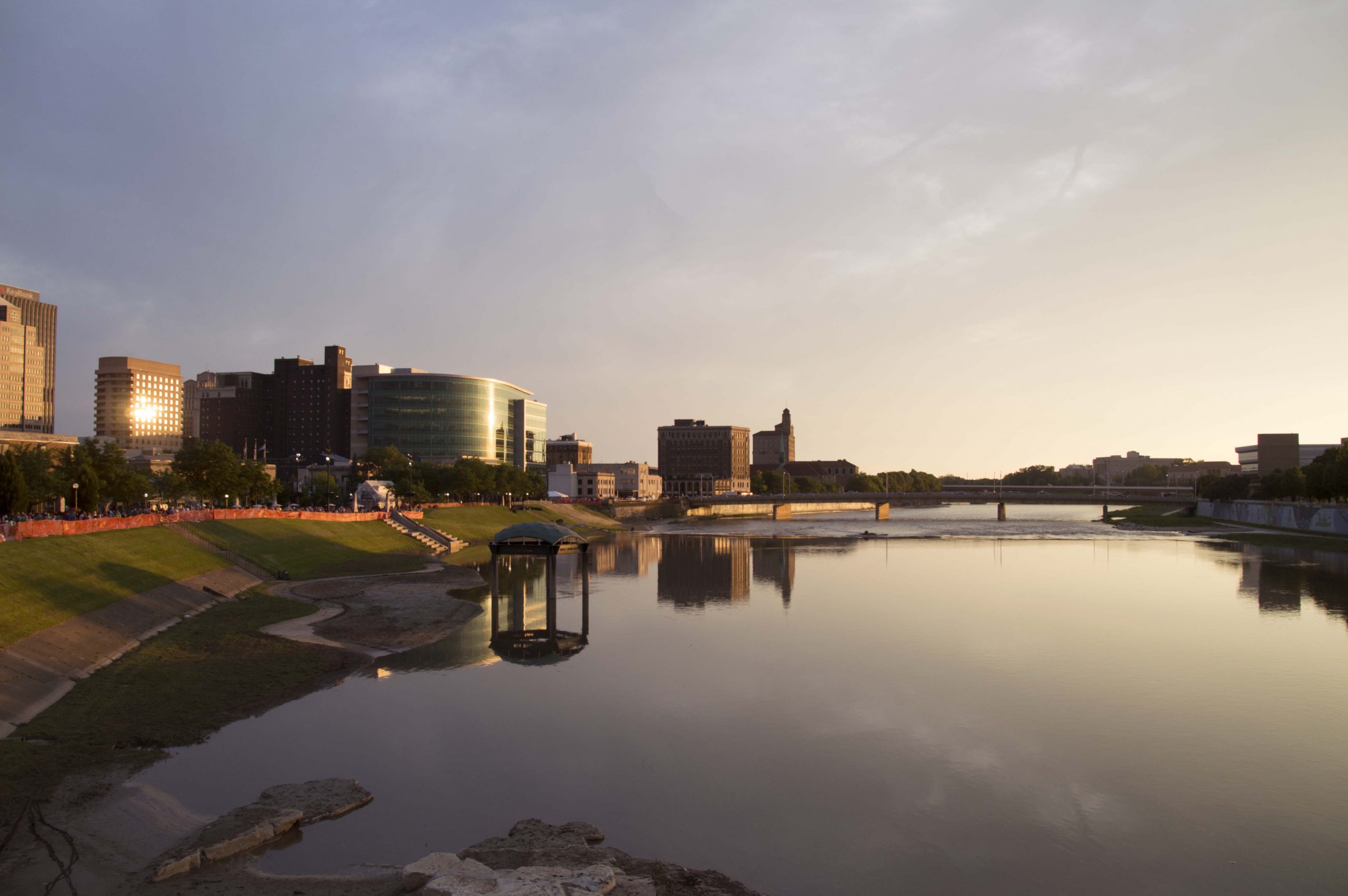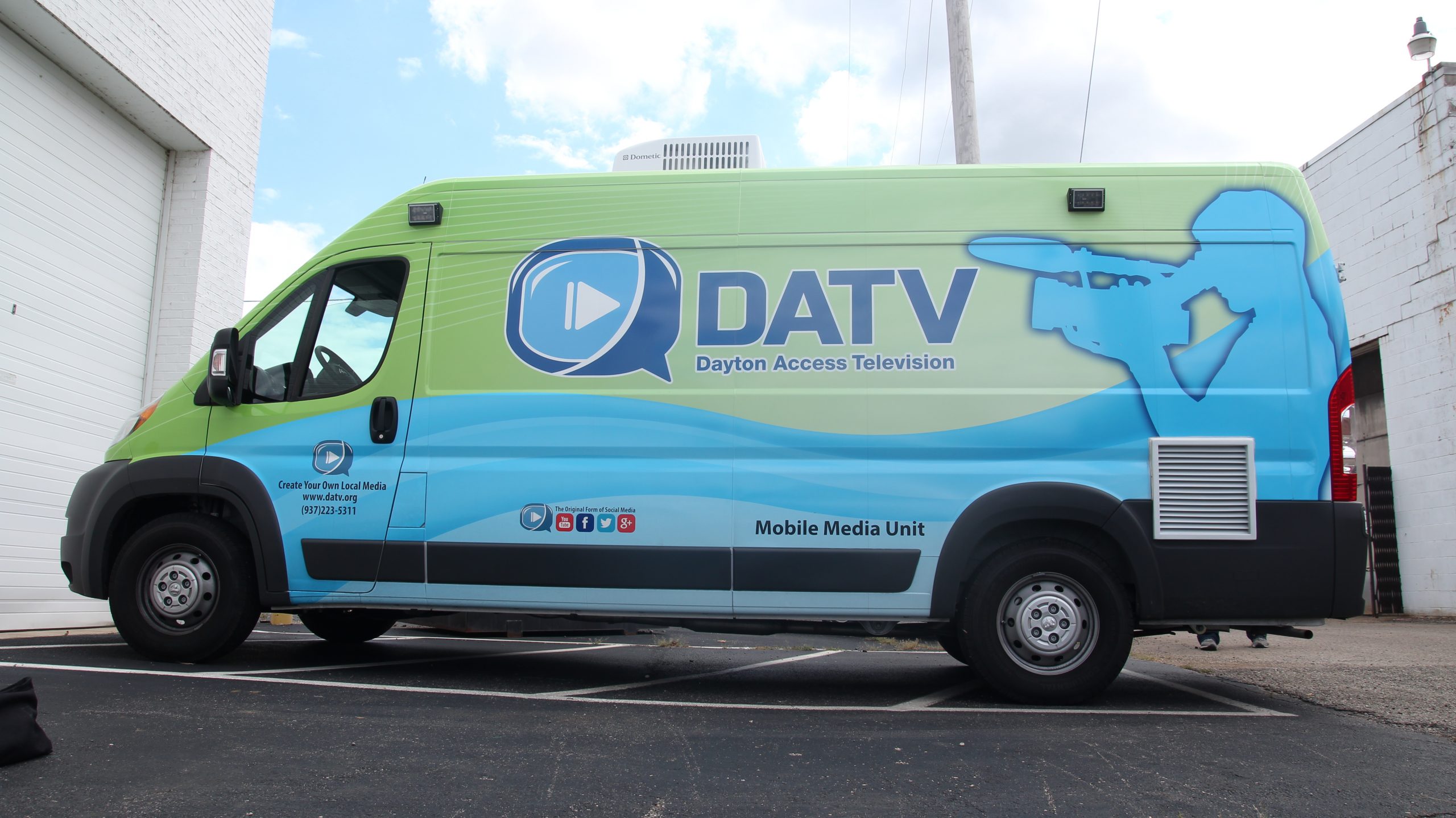What We Do
Our mission is to serve as a community forum that empowers all people to learn, create, and express their ideas through electronic media.
Our vision for Dayton Public Access Television is to amplify the diverse voices within our community by providing a platform for creative expression, education, and civic engagement. We strive to be a trusted hub for community storytelling, a catalyst for building philanthropic ideas, fostering inclusivity, collaboration, and meaningful connections that enrich the lives of all Daytonian through electronic media.
Learn
DATV provides various
workshops that teach you how to produce your own
local cable TV programs.
Create
Join DATV today and start your journey to creating your very own non-commercial cable TV programs, web programs, and podcasts.
Communicate
DATV is a nonprofit 501(c)(3) organization that, since 1978, has given Dayton the “Freedom to Communicate.”
PROTECTING COMMUNITY TELEVISION ACT
(HR 6219/S 3361):
WHY THIS LEGISLATION IS NEEDED
The FCC’s 2019 Franchise Fee Order redefines the federal Cable Act’s 5% franchise fee to include the value of most non-monetary franchise obligations as franchise fees. This change allows cable companies to reduce what they pay for the use of public property and rights-of-way. The Protecting Community Television Act (HR 6219/S 3361) corrects this error by clarifying franchise fees are only monetary.
BACKGROUND
The Cable Act protects the rights of a local community to charge cable companies a five (5%) percent franchise fee and to meet community needs and interests, such as providing public, educational and governmental channel capacity. Contrary to industry practices that date to the 1980s, the FCC’s actions could result in reducing cable operators’ monetary compensation to towns and municipalities that wish to communicate with residents through community television. The FCC Order could force communities to choose between franchise fees or communicating with residents through community media that provide Americans with community, local civic, public safety and public health content.
The Protecting Community Television Act (HR 6219/S 3361) clarifies that only monetary payments, not non-monetary franchise obligations, qualify as Cable Act franchise fees and are subject to a fee cap. Without it, a cable operator could create fees to drain away municipal revenues and pressure municipalities to give up or de-staff channels.
The bill is authored by Senators Ed Markey (MA) and Tammy Baldwin (WI). Rep. Anna Eshoo (CA) and Pete DeFazio (OR) are the House authors. As of March 21, the bill has 15 co-sponsors in the Senate and 33 co-sponsors in the House.
CONTACT INFORMATION
For further information, contact
Randy Phillips, executive director, Dayton Public Access Television, Inc.
Mike Wassenaar, Alliance for Community Media
Asad Ramzanali, Office of Rep. Anna Eshoo
Bennett Butler, Office of Sen. Edward Markey
Our Staff
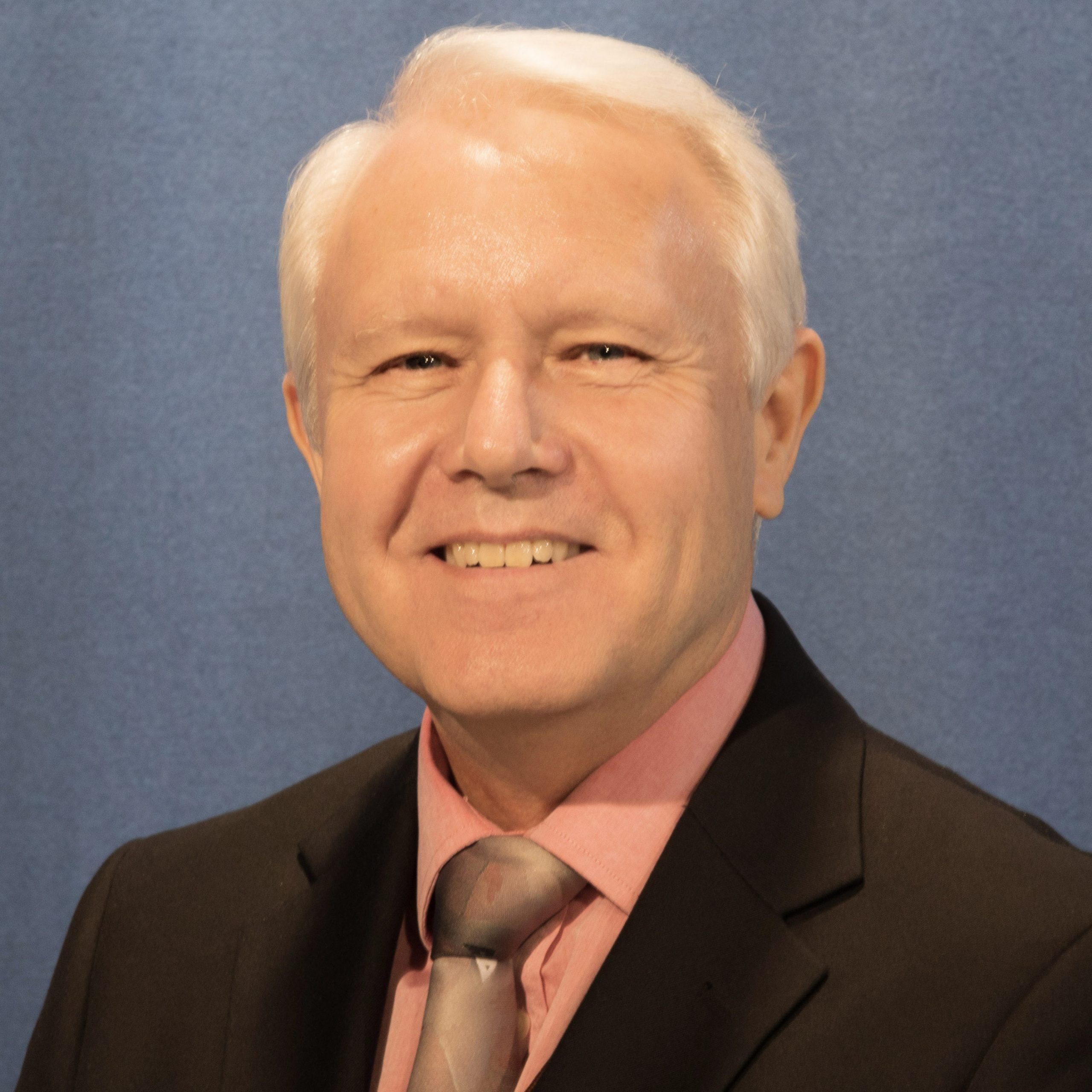
Randy is a graduate of Campbellsville University and Southern Seminary.
Randy comes to us from the Non-Profit sector where he served as Executive Director of a local non-profit organization where, equality for all, was at the forefront of their mission. While Randy is new to the role of Executive Director at DATV, he is not new to DATV. Randy is an award-winning producer/director and member of DATV for over 20 years. He has served as a board member for the past 9 years and has served as board chair for the last 3 years. We welcome him as our New Executive Director of Dayton Public Access Television.

Melissa was hired at DATV, June 12th, 1984 as the receptionist. Since then she has advanced to the position of Program Director beginning in 1994.
Melissa was very active in the Alliance for Community Media, she served from 1997-2004 as the Grassroots Chair of the Central States Region. As chair, she was responsible for raising money to help send people to Regional and National Conferences.
From 2001-2004 Melissa became the Vice Chair of the Central States Region of the Alliance for Community Media and the Ohio/Kentucky Chapter of the region.
She was elected to the National Board of the Alliance for Community Media for a 2 year term from 2002-2004.
Melissa has produced various programs at DATV, including The Dayton Ambassadors In Concert, Here at Home and Hot Country Video Hits. You can also see her on DATV as host of the 1999 Children’s Parade, the 1999 Southeast Dayton Days Parade and the 2000 & 2001 Children’s Parade.
In 2001, Melissa received a Hometown USA Video Award for her program A Road of Memories: The Life And Times of Roxie Cole, which she produced with Rick Latimer of DATV.
Has produced the Dayton Air Show since 2010, Won Roxie Cole Leadership Award in 2014 from the Central States Region of the Alliance for Community Media.
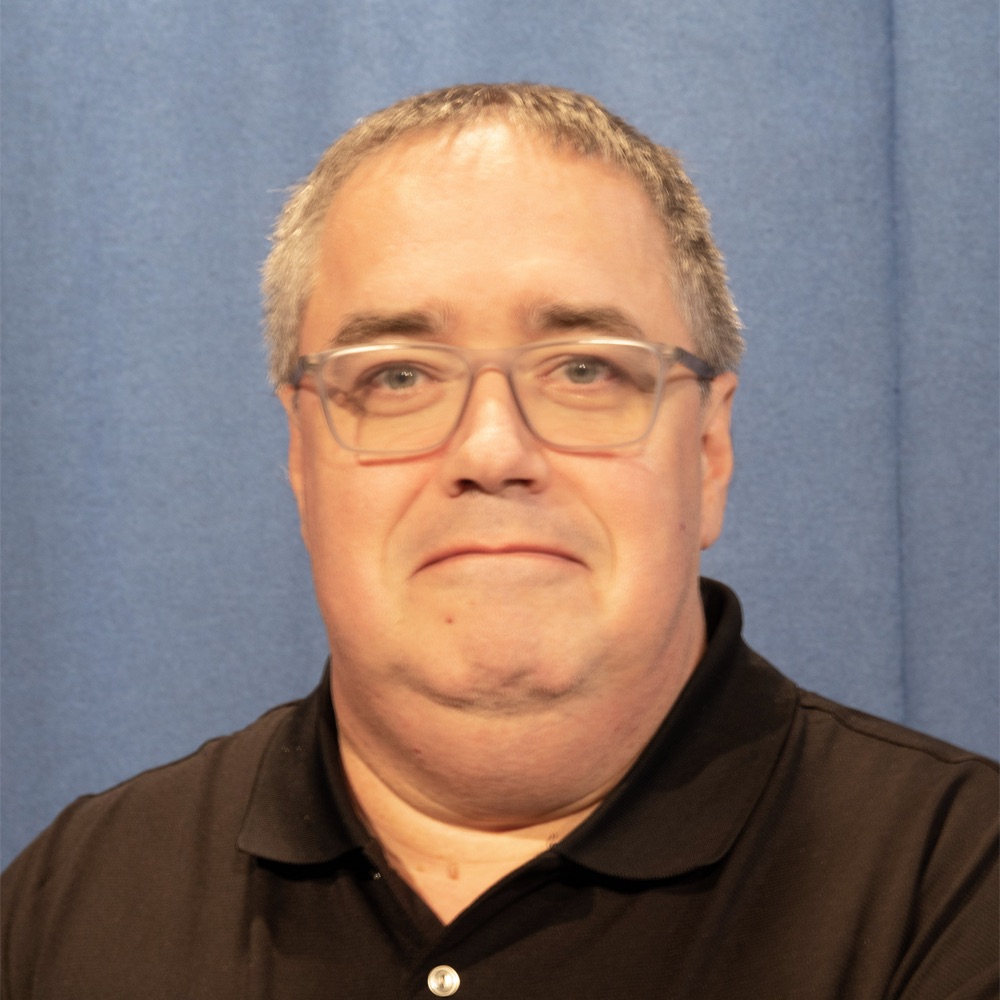
Dale started as a volunteer producer for Dayton Access Television in 1995. He was hired on as a full time Production Assistant a couple of years later. Dale has worked in a freelance capacity for ESPN, The Nashville Network and Fox Sports Ohio.

Eric began working at MVCC in 2006 and was a summer staff member for three years afterward. Since then Eric has worked as an independent filmmaker with work consisting of music videos, commercials, freelance editing and short films along with more projects on the horizon. Eric is also a writer for the heavy metal website Metalmasterkingdom.com
Our Board of Trustees
“DATV is a community forum that empowers all citizens to learn, create and express their ideas through electronic media.”
Board Chair
Marlese Durr
Wright State University
Board Secretary
Jodi Owens
PNC Bank
Members
Rev. William Harris, Jr.
Pastor, Belivers Christian Fellowship
Kathleen Caffrey
Community Volunteer
Erica Fields
Learn 2 Earn
Randy Phillips
Executive Director DATV
Vice – Chair
Joyce Willis
Educator and Community Volunteer
Board Treasurer
Maggie Barlow
Dayton Business Communications
Lisa Grigsby
Film Commissioner – Film Dayton
R. Carl Shofner
Community Volunteer
Jean de Dieu Mukunzi
Ebenezeir Health Care Access
Mayor Jeffery Mims, Jr.
Mayor City of Dayton
*Affiliations are for identification purposes only.
(DATV’s Trustees are appointed for three year terms. Membership is by application to, and approval of, the trustees in accordance with DATV’s Constitution.)


